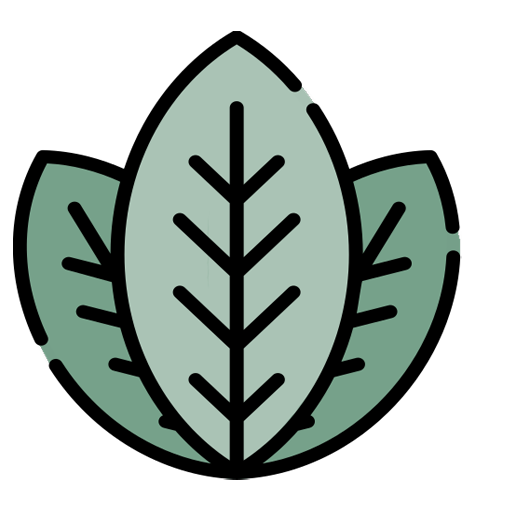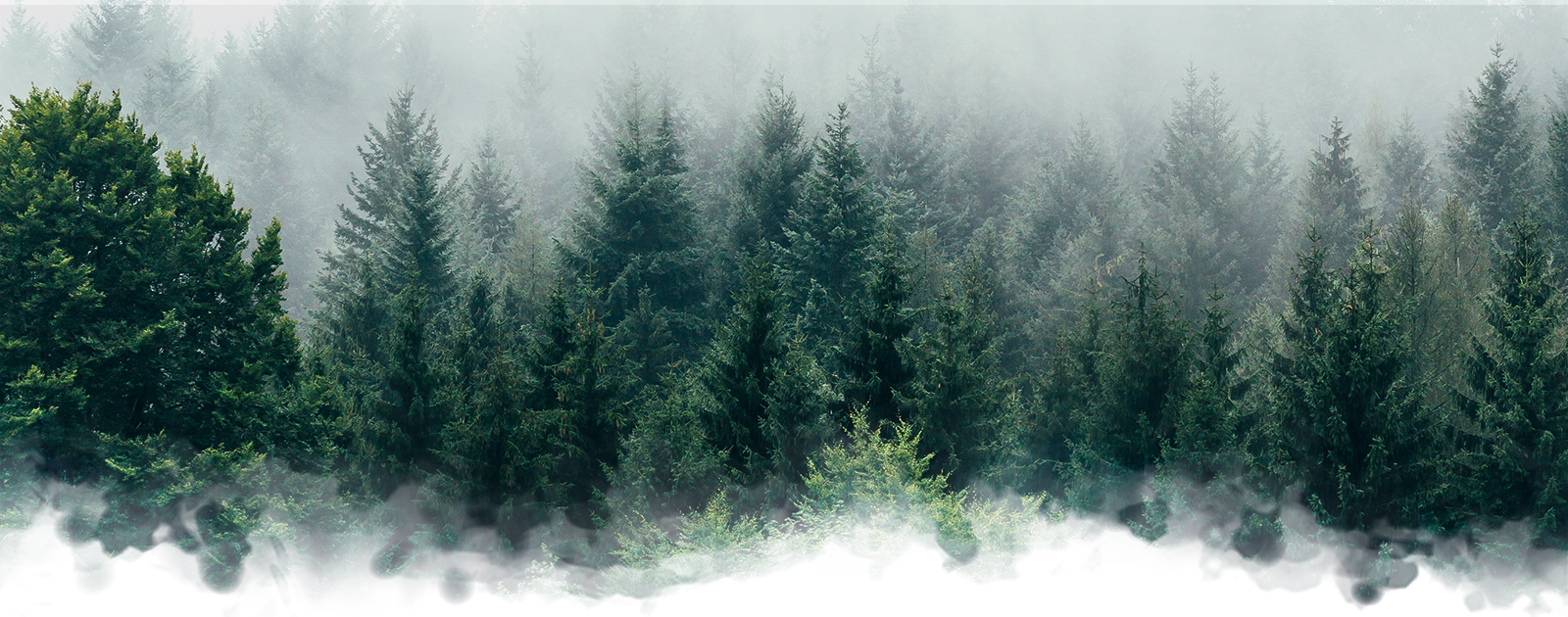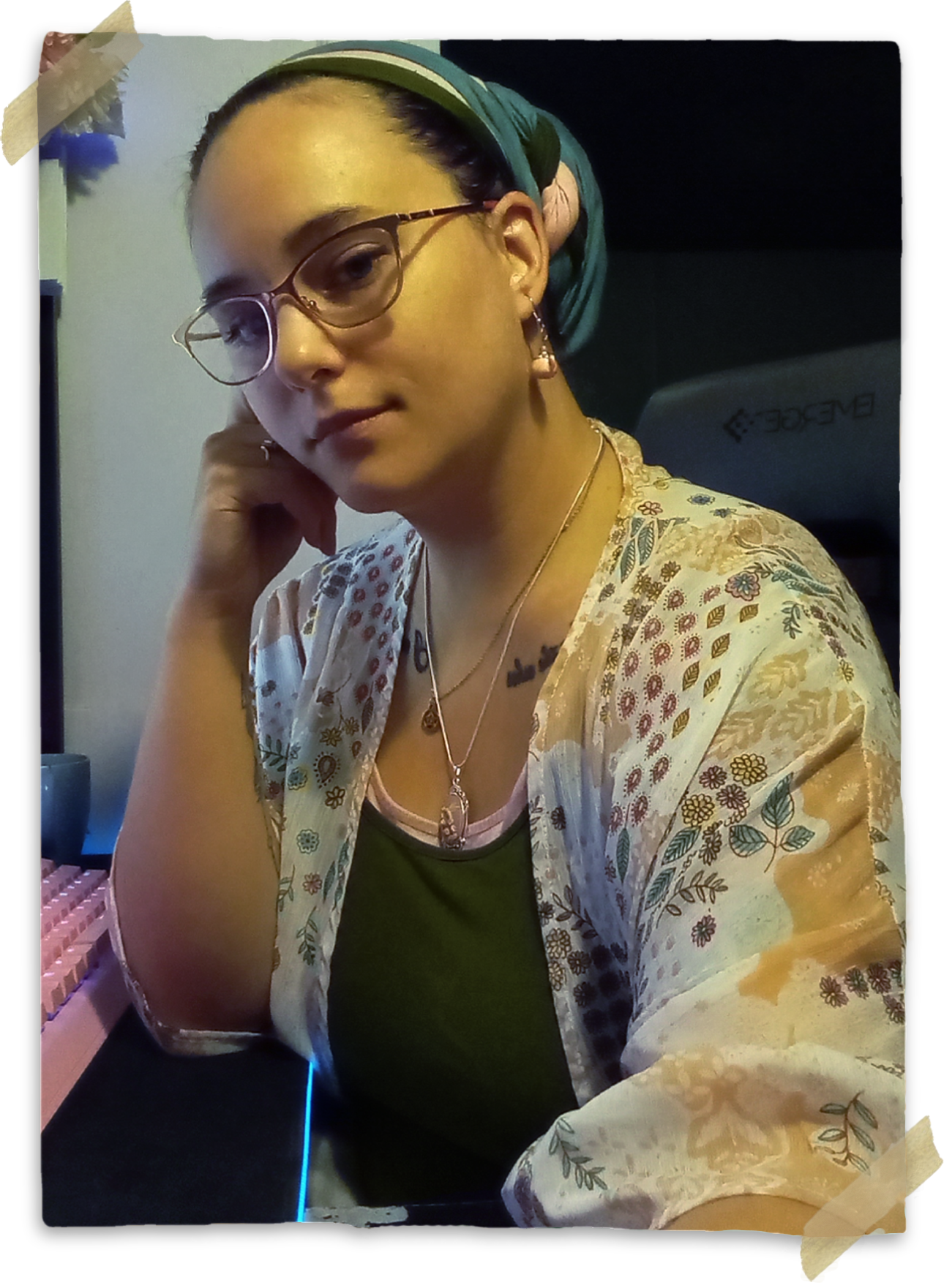Nang Kap'ahu Delta
Situated on the southern peninsula of Tolara in the region known as Talaina'Vao, the Nang Kap'ahu Delta is less a true Delta and more a collection of intercoastal waterways, mudflats, and estuaries- all of which combine to form one of the largest subtropical wetlands on the continent; it was first discovered by an expedition team led by Yen Tae-Hyun (the very same whose team discovered the Kuai’ain Palace). It's disputed whether the Nang Kap'ahu Delta is its own area, or if it borders the Ajda-Donesh Basin- especially the area called the Ajda Wet Forest, which makes up the western half of the basin. Regardless, Nang Kap'ahu is humid and experiences heavy monsoon-like rains during the majority of the year- typically receiving a rough average of 800 inches (2,032 cm) of rain each year. While most areas would experience significant flooding with such levels, the Delta's location diverts most of this into the ocean. Divided into 6 sections (overstory, midlayer, lower canopy, shrub, and understory), from the sky Nang Kap'ahu has been described as "an unending sea of green" due to the density of the trees in the region. Beneath, however, sits the true sea: A wetland unlike any other in Saleh'Alire. Here tidal waters are slowed by a heavy accumulation of marsh reeds- creating a semi-stagnant saltwater environment that is further supplemented by the monsoons, as well as multiple large freshwater rivers which drain into the region. Sitting beneath it all is a darkly colored, thick silt that most traveling through the area have described as "a heavy sludge". Despite the unappetizing description and low soil oxygen levels, however, the silt in Nang Kap'ahu is perhaps the most mineral rich on the continent.























Comments
Author's Notes